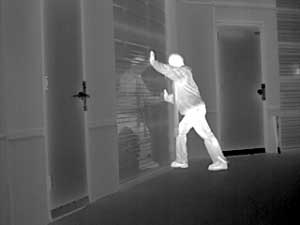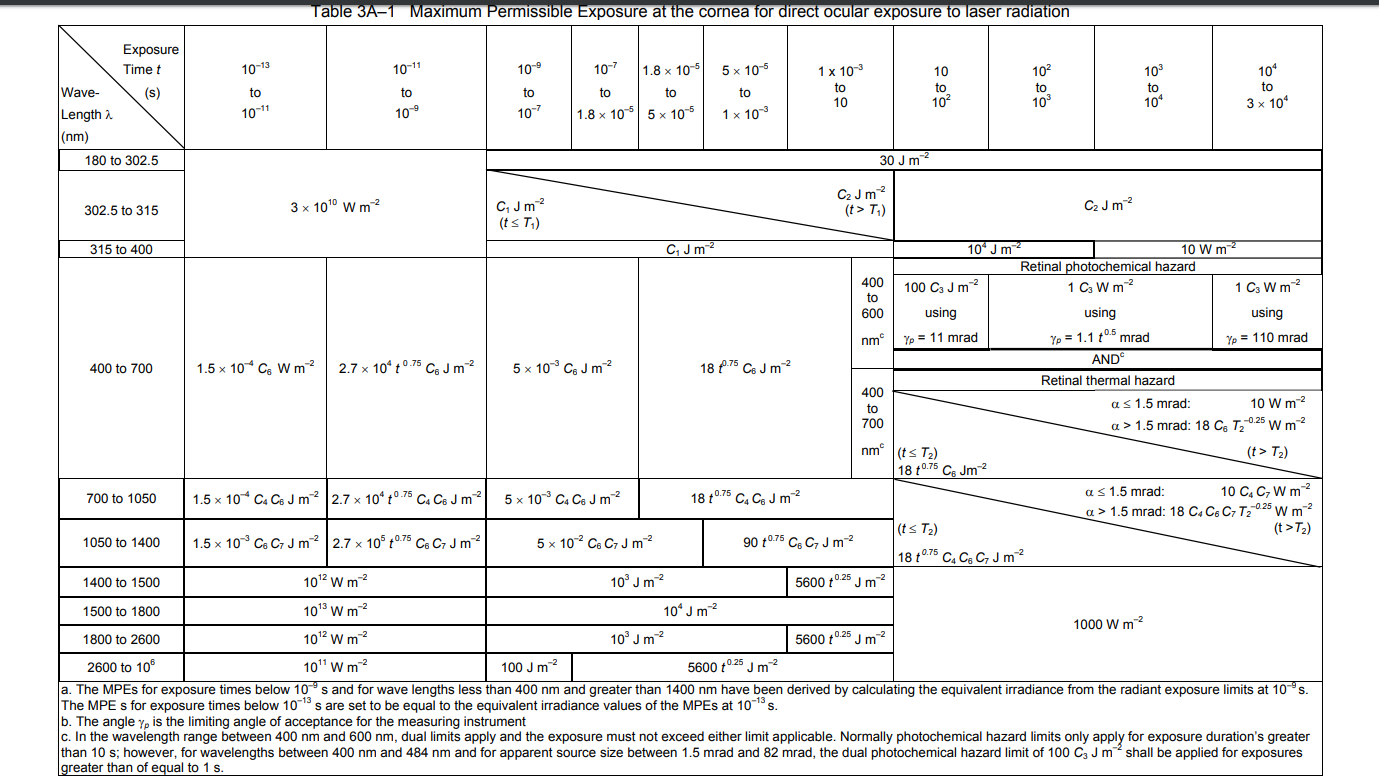
Last year we published a blog post on the subject of combining active imaging and night vision by using time-of-flight (TOF) gated lidar to produce three-dimensional images of a target without the need for visible light. We will revisit this topic, but instead, focus our attention on the importance of the laser specifications itself as opposed to the underlying principles of the methodology. In the last post we briefly touched on this by discussing the importance of choosing an “eye-safe” laser wavelength, typically ∼1550 nm. in this post we will further expand on this by comparing and contrasting the nominal optical hazard distance for this wavelength compared to other common excitation sources. Also, we will go on to discuss the importance of temperature, shock, and vibration ruggedization for this application, particularly in military and defense applications.
Before we delve deep into the laser criteria mentioned above, it is still helpful to take a few seconds to offer a brief review of the application itself. In active night vision imaging a short-wave infrared (SWIR) laser source is used in conjunction with a time-gated SWIR camera, allowing for the round trip TOF to be calculated. We have explained this process in great detail in other posts so if you do not have a fundamental understanding of TOF lidar we recommend that you read our previous blog post titled “Microchip Lasers for Time-of-Flight Lidar.” By combining TOF with SWIR imaging for military and private security surveillance purposes, it is now possible to actively track threats at night without alerting the intruder, as traditional visible illumination techniques such as spot or floodlights would.
For obvious reasons when flooding an area with pulsed laser light, care must be taken not to harm anyone who may be exposed to the laser radiation while at the same point ensuring that the power density is significant enough to provide an adequate signal-to-noise ratio (SNR) for image fidelity. To determine the maximum energy density, guidelines exists called the “deterministic hazard assessment.” This assessment, based upon the concept of maximum permissible exposure (MPE), is defined as the maximum laser radiation level to which a person may be exposed without suffering health effects. In this assessment, there are determinations of both nominal ocular hazard distance (NOHD) and nominal skin hazard distance (NSHD). Fortunately, in the SWIR, there is an extremely low risk of skin hazard when compared to ocular hazard, so that part of the equation can typically be ignored. In the equations for determining the optical hazard, distances are rather complicated; fortunately, the UK’s Ministry of Defense has compiled a reference table in their 2005 edition of the JSP 390 Military Laser Safety document. From the chart below it can be seen that between 1500 nm and 1800 nm the human eye can sustain up to 10,000 J/m3 of energy for a nanosecond to millisecond of time. This extremely high tolerance at these wavelengths is due in part to the extremely high-water absorption in this wavelength region, resulting in most of the laser light being absorbed by the fluid between the cornea and the retina.

Along with the safety issues associated with the field usage of lasers for active SWIR imaging, there is the added necessity for extreme durability and resilience to environmental conditions. It is for this reason that we here at RPMC Lasers highly recommend the use of the military qualified Er:Glass lasers from Optitask for this application. These lasers which are designed specifically for use as laser transmitters meet or exceed the MilSpec standard MIL-STD810C for vibration and both transportation and ballistic shock. These lasers are also guaranteed to operate at temperatures ranging from -40 oC to 75 oC and are capable of handling temperature shocks from -45 oC to 85 oC. This extensive temperature range allows for military deployment of these devices at nearly any location on earth.
At RPMC Lasers, we offer a wide variety of 1540 nm q-switched Er:Glass lasers from Optitask which are ideally suited as SWIR transmission sources for both active imaging and traditional TOF lidar systems. These lasers are available with both diode-pumped and flashlamp-pumped excitation and both active and passive q-switching. This allows you to choose pulse energies between 2mJ and 10mJ, pulse widths from 9ns to 40ns, and pulse repetition rates from 1Hz to 30Hz. The wide variety of modules available from Optitask allows system integrators to easily find the ideal solution regarding form, fit and function, for their given application.
For detailed technical specifications on our Er:Glass lasers Optitask click here or talk to one of our laser experts today by calling 1-636-272-7227.

 SHIPS TODAY
SHIPS TODAY 